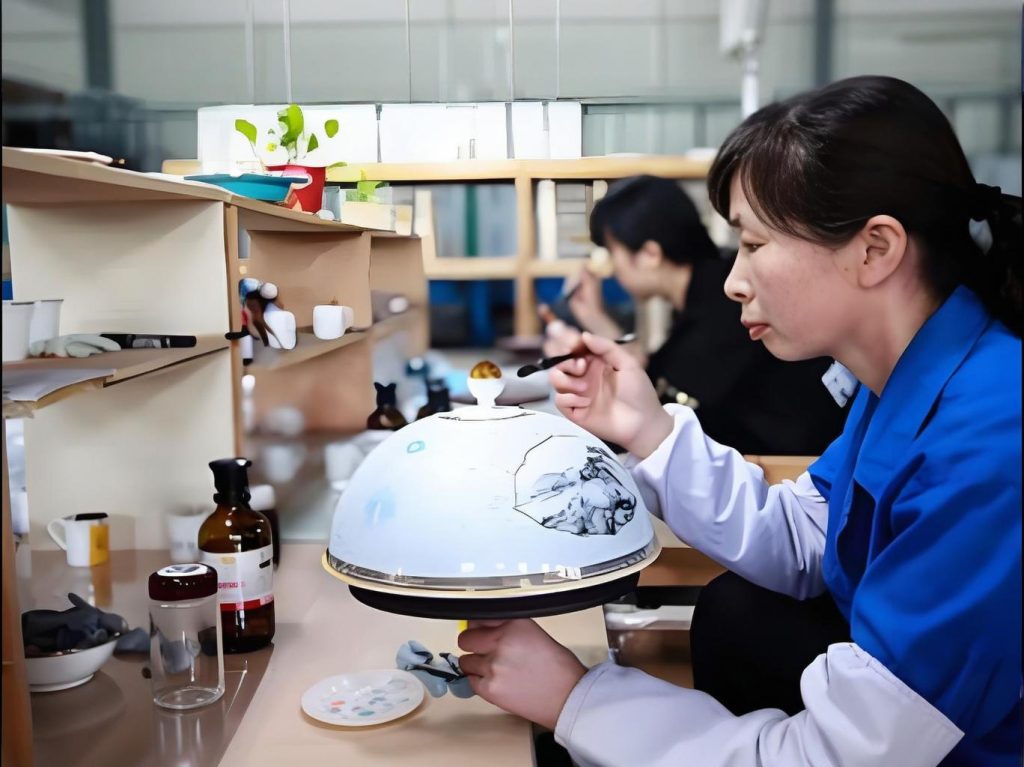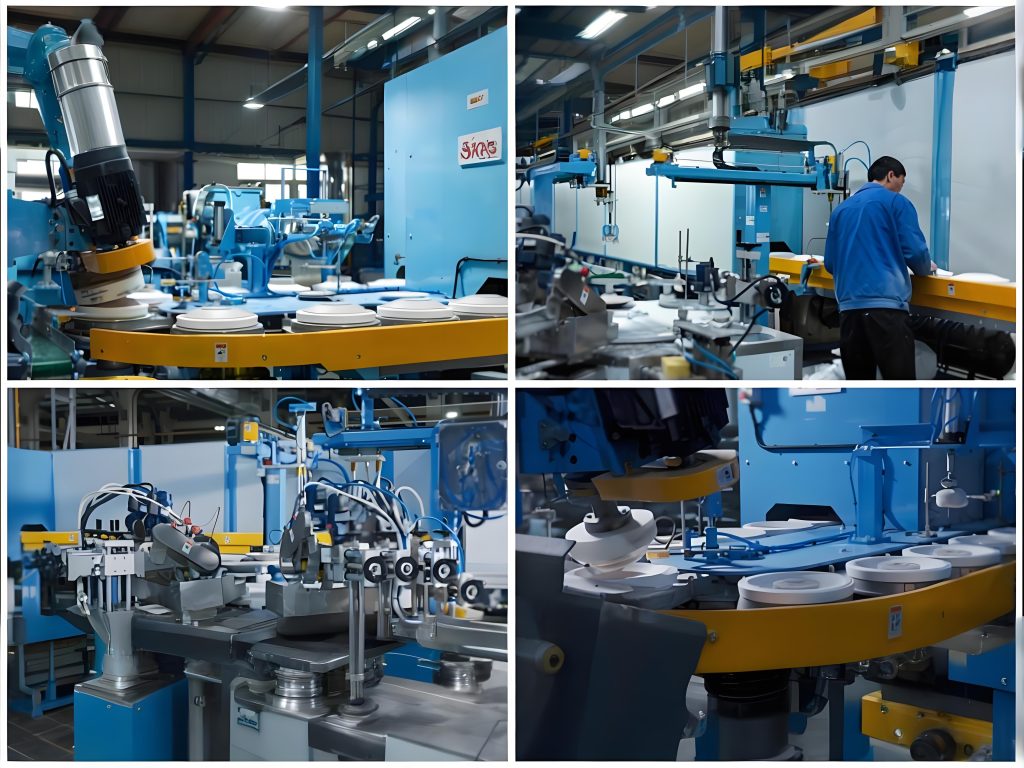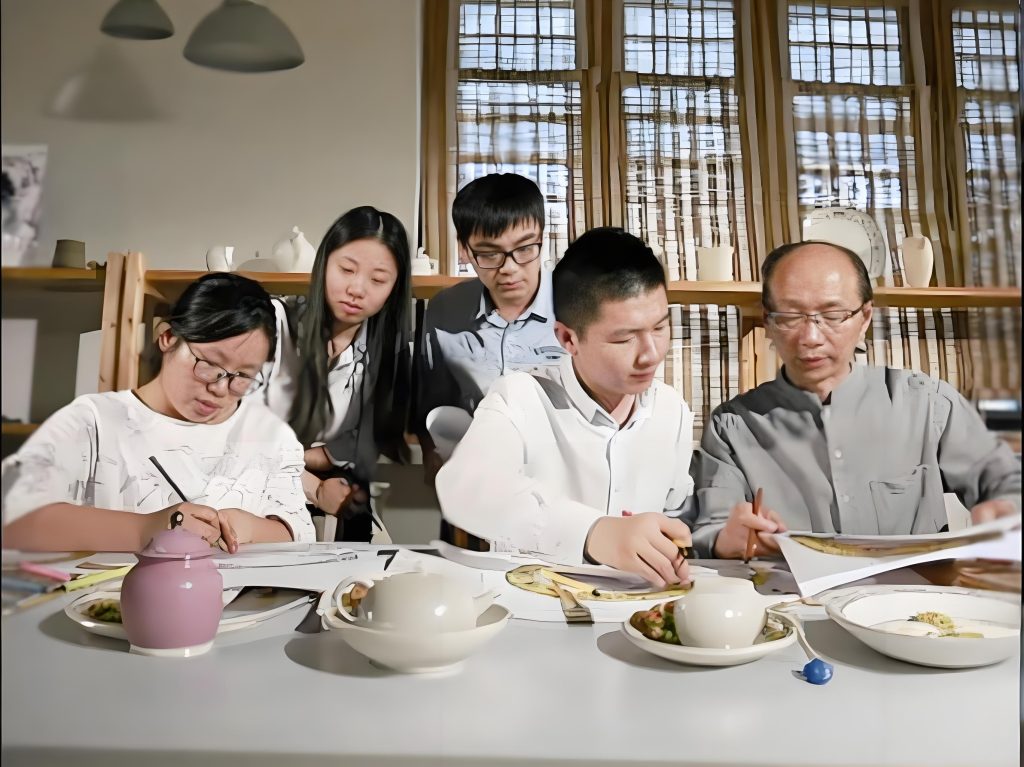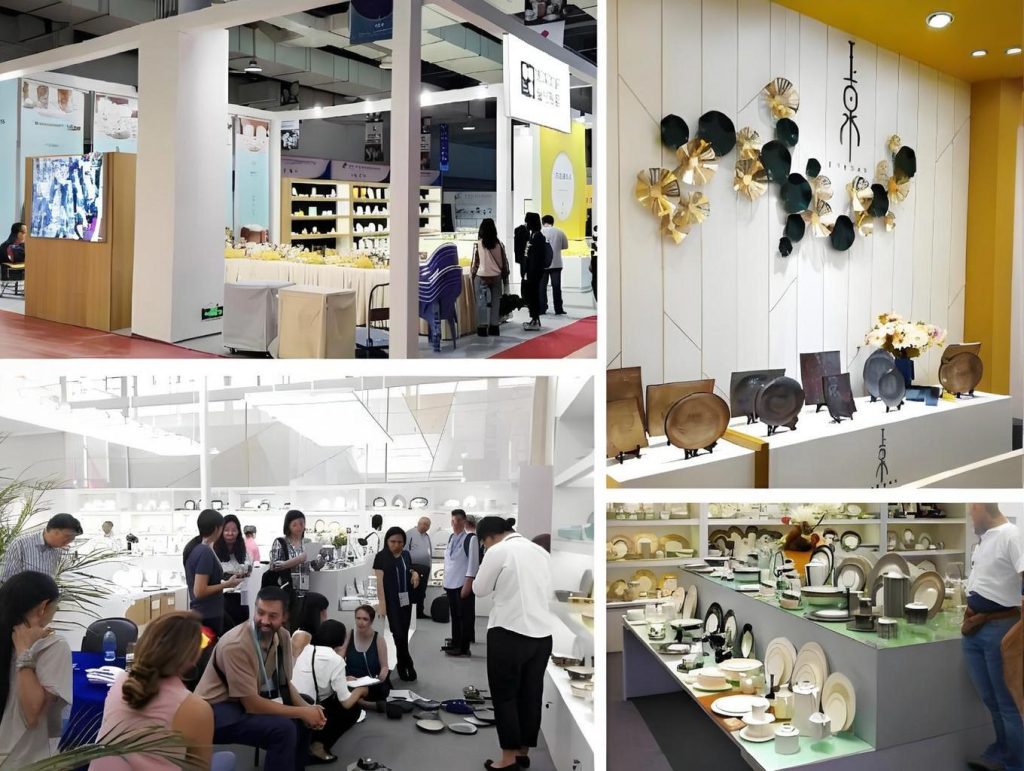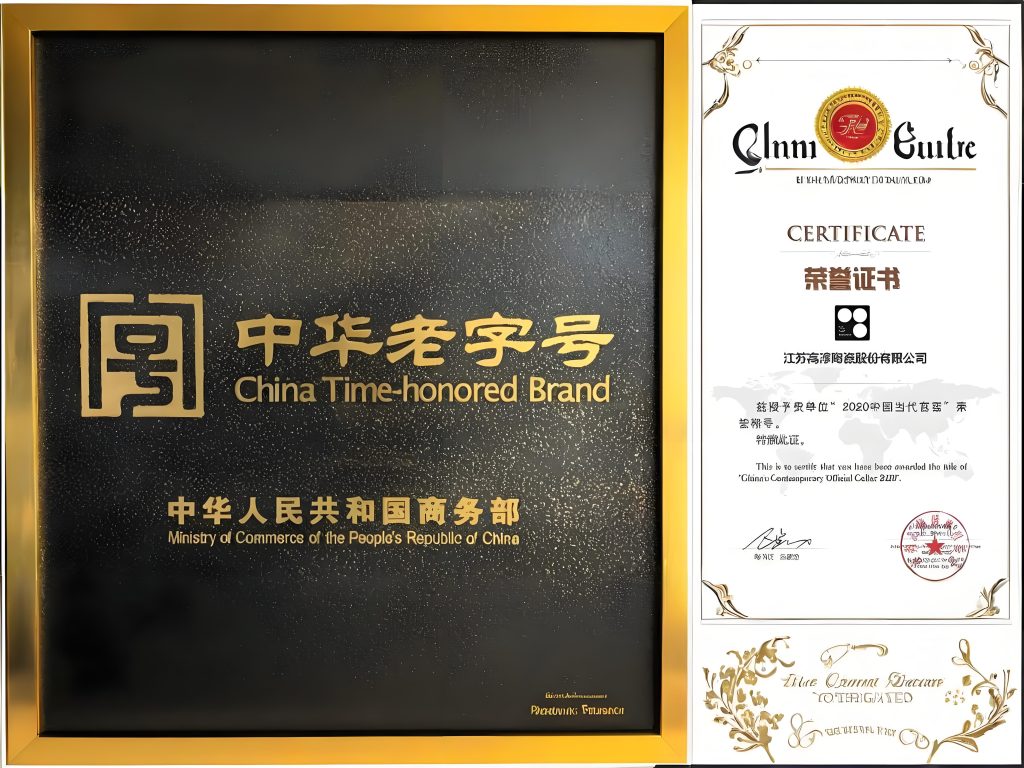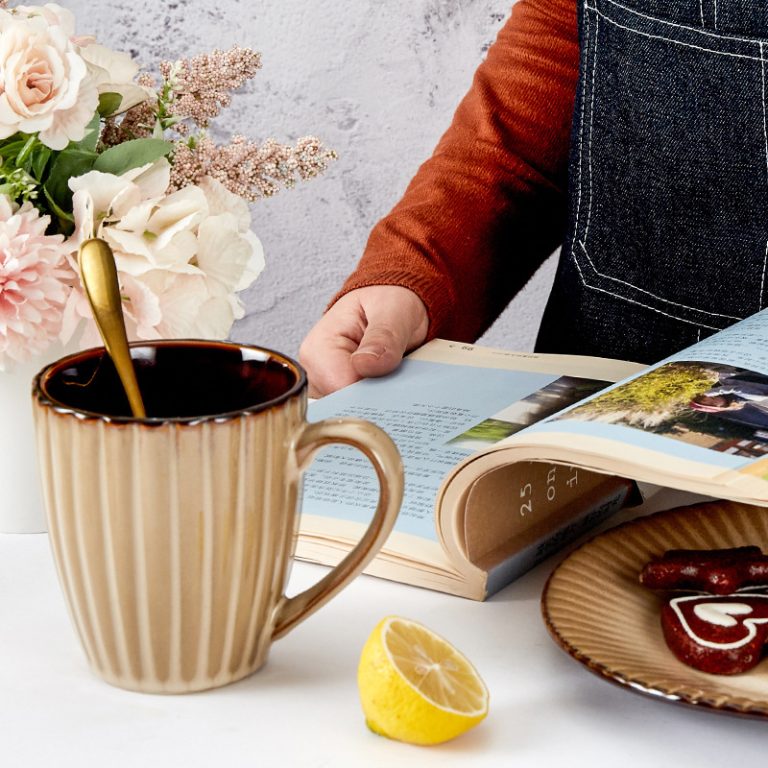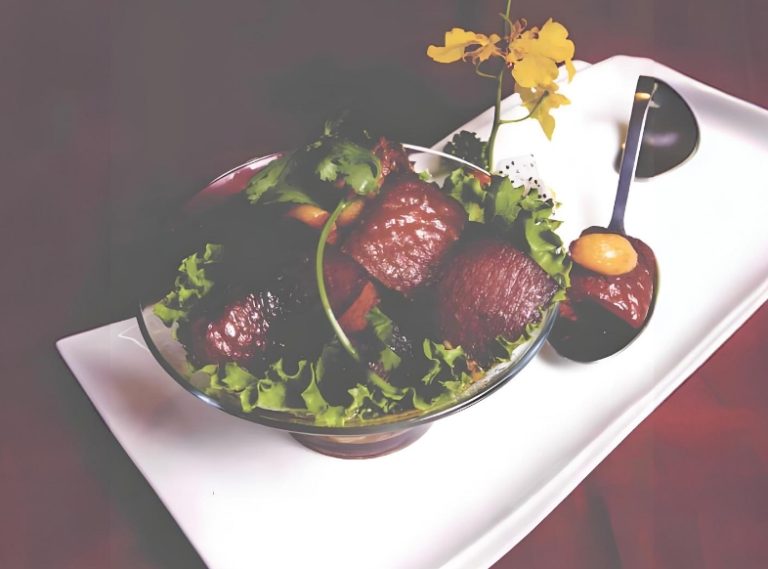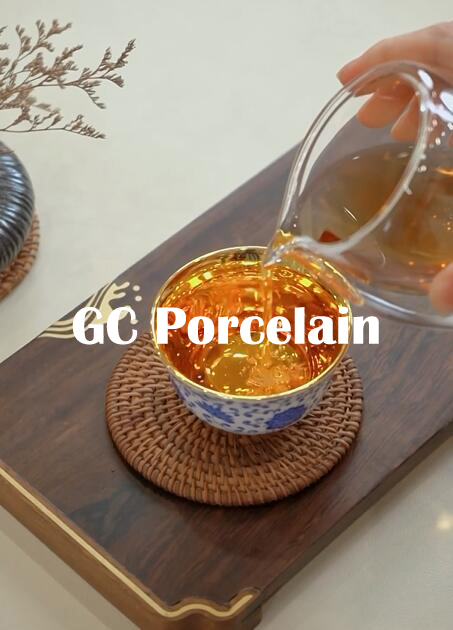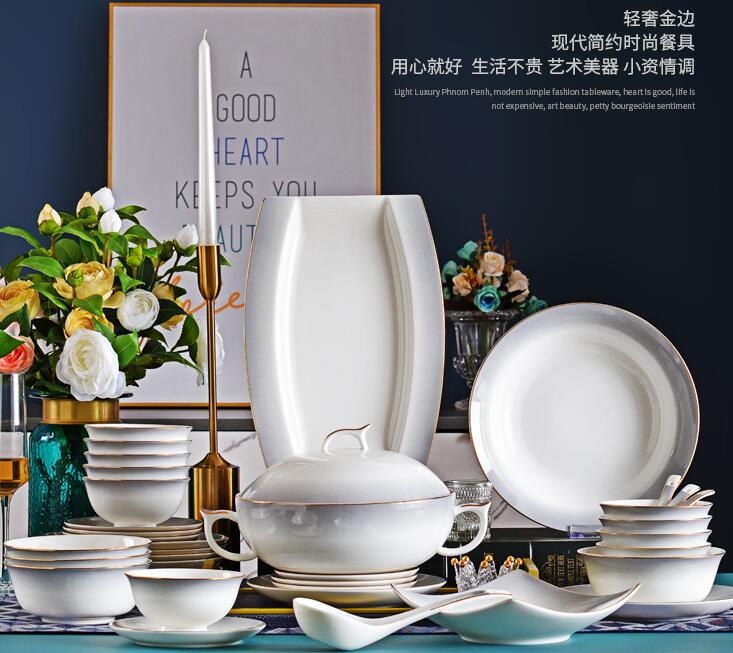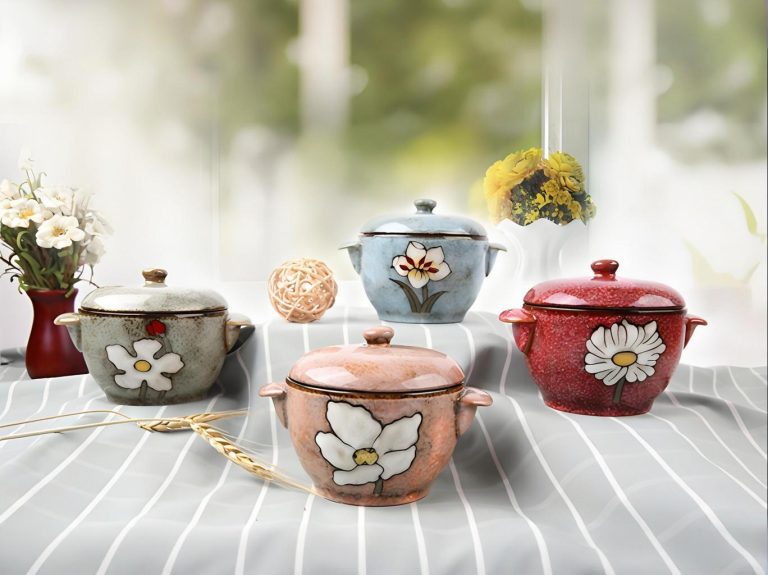How to Choose and Match Different Types of Tableware
A delicious meal relies on the vessels that carry it. Different settings, dining atmospheres, and types of food and drink all call for different choices of tableware. For example, bread pairs best with a wooden tray, while red wine needs to be poured into a clear, tall glass to fully display its quality. The materials and varieties of tableware on the dining table are numerous and require thorough understanding to be used appropriately.
Cup: A vessel for holding beverages
Types: Common types used in home table settings include champagne flutes, white wine glasses (small), red wine glasses (large), liqueur glasses, juice glasses, and water glasses. If the pre-dinner drink is a sparkling wine, a tall and slender champagne flute is used. For cocktails, the type of glass depends on the specific drink. Red wine glasses have a wider opening than white wine glasses and are usually taller. High-stem water glasses are generally tall and large and can sometimes be replaced by barrel-shaped glasses. Additionally, for modern Chinese banquets, baijiu glasses and decanters are often used, placed directly in front of the dinner plate alongside other types of glasses.
Materials: The cups used in banquets are mostly made of glass. Transparent glass cups offer excellent clarity, creating a clean and refreshing atmosphere. Colorful crystal glasses exude a high-quality feel and add a stylish touch to the space. Ceramic coffee cups and mugs, which come in a variety of colors, patterns, and shapes, are more suitable for everyday table settings, bringing a lively and vibrant dining atmosphere.
Placement: For formal gatherings at home, where multiple types of wine are served, it’s best to arrange the glasses from the outside in, making it convenient to pour the wine in sequence. There are no strict placement rules for juice glasses and coffee cups in everyday table settings.
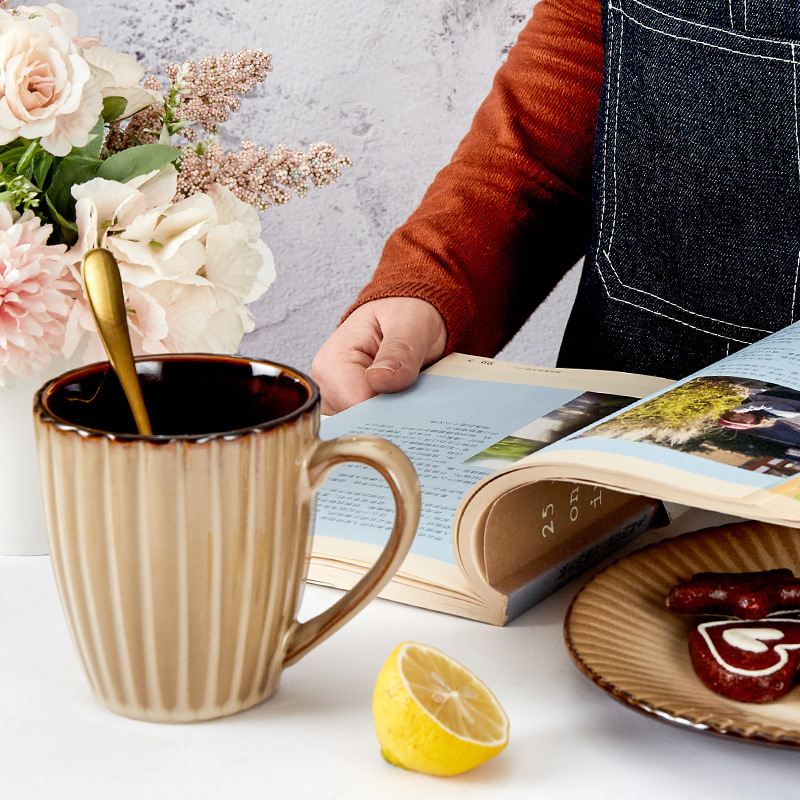
Plates and Bowls: Tools for Showcasing the Beauty of Food
Among various tableware, plates and bowls hold a significant place on the dining table. Exquisite bowls and plates not only please the eye but also enhance appetite. Due to the differences between Chinese and Western cuisines, as well as various dining scenarios, the number of plates and bowls used can vary.
Size: Common Western plates are often classified by size, such as a 30 cm presentation plate, a 27 cm dinner plate, a 22 cm dessert plate, and a 16 cm bread plate. Chinese plates include flat plates and deep plates of various sizes; flat plates are mainly for stir-fried and cold dishes, while deep plates, also known as “soup plates,” are for dishes with broth. Besides regular plates, there are also special fish plates, usually in the shape of large ovals. Whether it’s Chinese or Western dining, for shared meals, plates of 27-30 cm are ideal, while individual plates are best under 22 cm. In Western dining, bowls are generally used for soups, with common types being double-handled and handleless soup bowls, often paired with soup plates. In Chinese dining, bowls can hold soups, rice, or noodle dishes, with the common sizes being a 6-inch noodle bowl and a 4.5-inch rice bowl (1 inch = 2.54 cm).
Material: The material of plates and bowls is quite diverse, with each type creating a different dining atmosphere. Choices can be made based on overall home decor and the user group. Common types include the following.
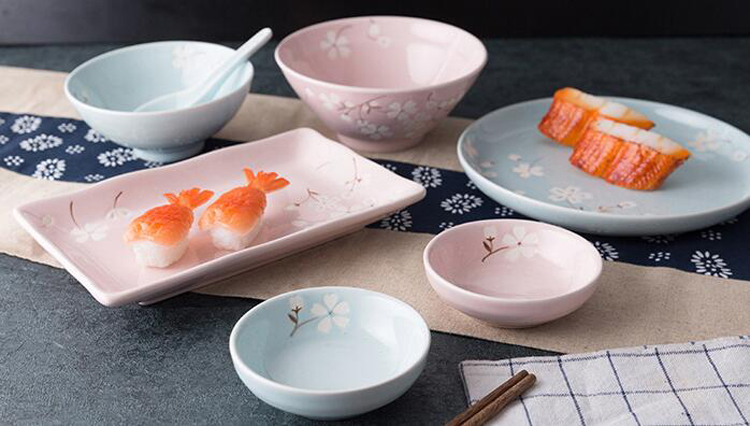
- Ceramic Tableware
Commonly seen types include bone china and white porcelain. These materials are eco-friendly, resistant to corrosion, easy to clean, and come in a variety of attractive shapes and bright colors. They often feature rich decorative patterns, making them a popular choice for everyday tableware.
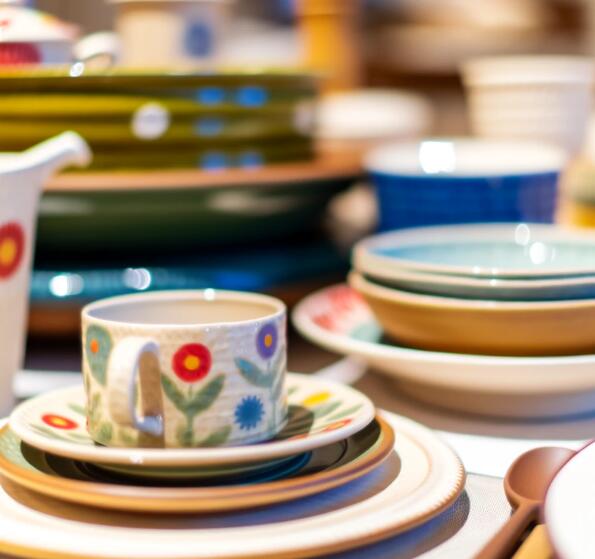
- Bamboo and Wooden Tableware
These items exude a strong rustic and natural feel, enhancing the characteristics of the food. Besides the usual shapes, they also come in unique forms like square exteriors with round interiors and boat shapes, combining both artistic and collectible value.
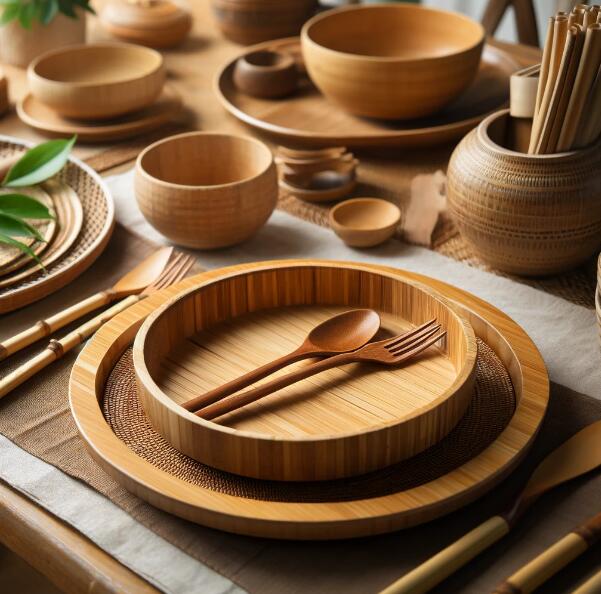
- Glass Tableware
Glassware offers a clear, modern look and is easy to clean, though it is more fragile. It is often used for serving cold dishes, fruit salads, and desserts, but it is not suitable for very hot dishes.
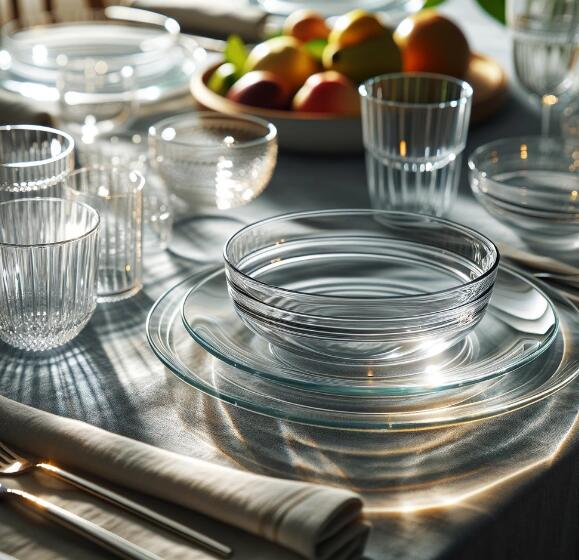
- Silver Tableware
Often a symbol of status at the dining table, silver tableware is both charming and exquisitely crafted. While it is beautiful, it is also costly, making copper tableware a common alternative.
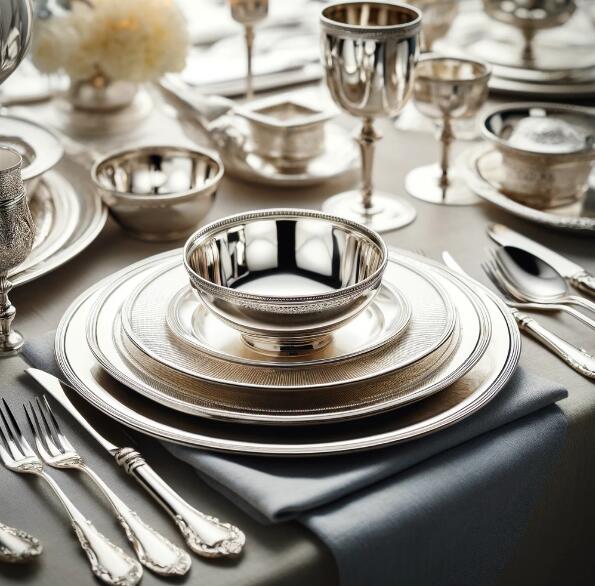
- Stainless Steel Tableware
Known for its resistance to corrosion and durability, stainless steel tableware has a long lifespan. Its simple and sleek design makes it suitable for modern and postmodern table settings, though it is less commonly used in everyday dining.
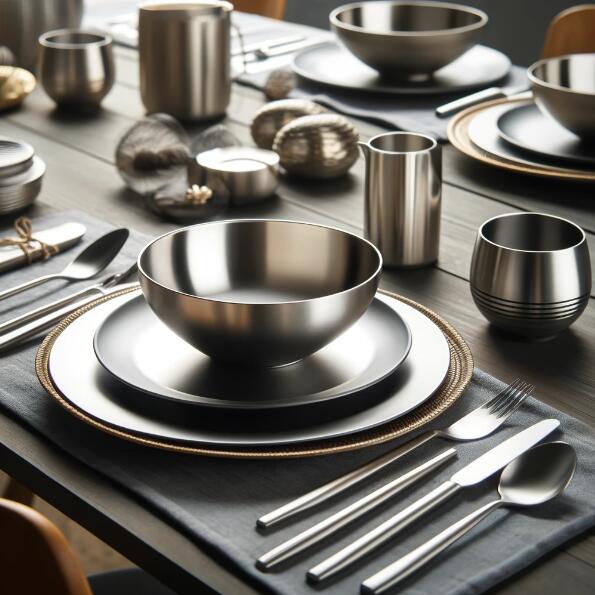
- Plastic Tableware
Plastic tableware is relatively common but not widely used. Its bright colors make it popular for children’s tableware. However, with the growing popularity of wheat straw children’s tableware, plastic options are becoming less prevalent.
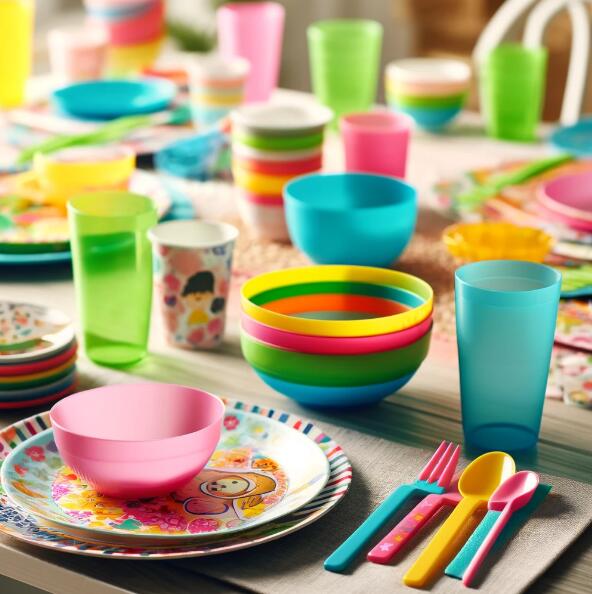
Rule 1: Choose Plates and Bowls Based on Dining Scenarios
For a typical Chinese meal setting with four or five dishes and one soup, it is recommended to limit the variety of plate colors to no more than two to avoid a cluttered appearance. If there are individual bowls and plates, you can add one more color to distinguish them from the main dishes.
In a Western dining setup, the arrangement of plates and bowls should be unified yet varied and layered. For example, individual bowls and plates can have different patterns, but the main dish plates should be in the same color scheme. Alternatively, personal bowls and plates can be part of a matching set, while the main dish plates can vary in material, color, shape, and size. Another lively approach is to mix and match all the plates in pairs.
Rule 2: Choose Plate and Bowl Depth Based on the Amount of Sauce
When selecting plates, consider their depth based on the amount of sauce in the dishes. Dry foods like steak and grilled fish can be served on flat plates, while deep plates are suitable for dishes with sauce, such as pasta and Chinese stews. If the plate has a unique shape, it can be used as a sharing plate for mixed dishes, such as salads and cold dishes, in the table setting.
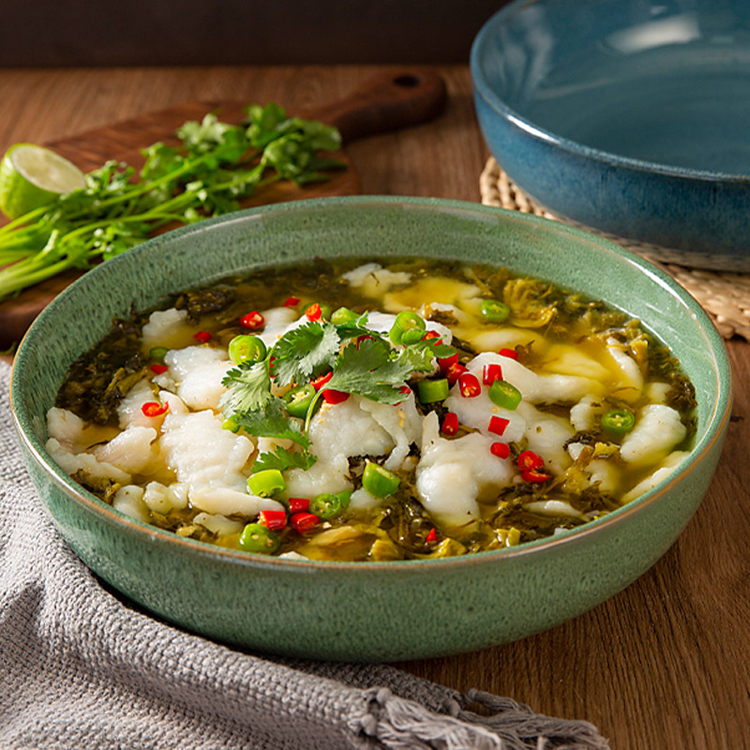
Auxiliary Serving Vessels: Enhancing Dining Convenience and Style
In addition to the common cups, bowls, and plates, there are various auxiliary serving vessels that, while not always present, offer specific functions that enhance the dining experience and elevate the table setting’s style. For instance, if wine is the primary beverage, a decanter is essential. For serving drinks like lemonade or other refreshments, a clear pitcher is most suitable. On a traditional Chinese dining table, auxiliary wine vessels are also indispensable. Besides wine storage containers, if there is a need for serving baijiu, a special dispenser should be prepared.
If you have any questions or need to custom dinnerware service, please contact our Email:info@gcporcelain.com for the most thoughtful support!

